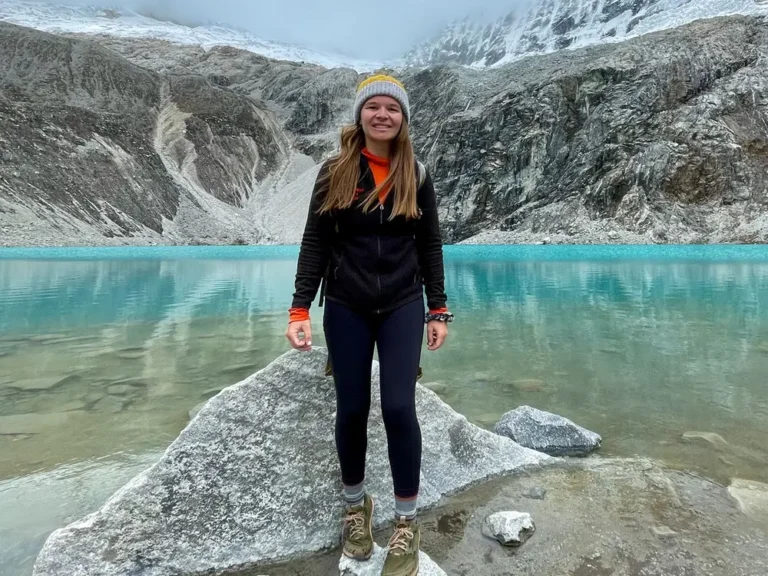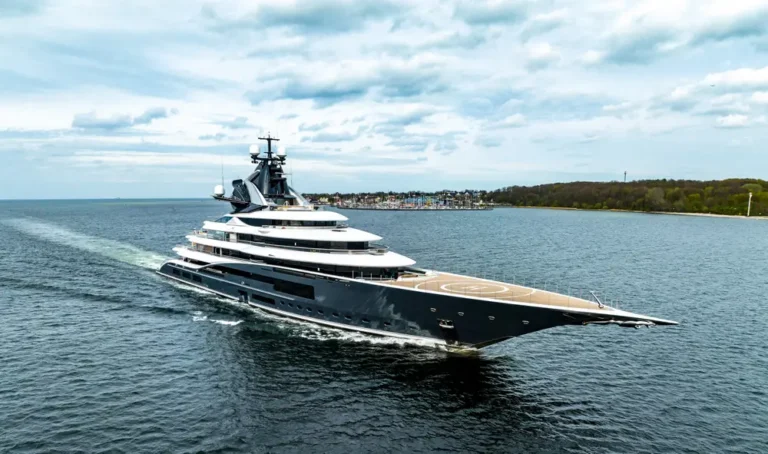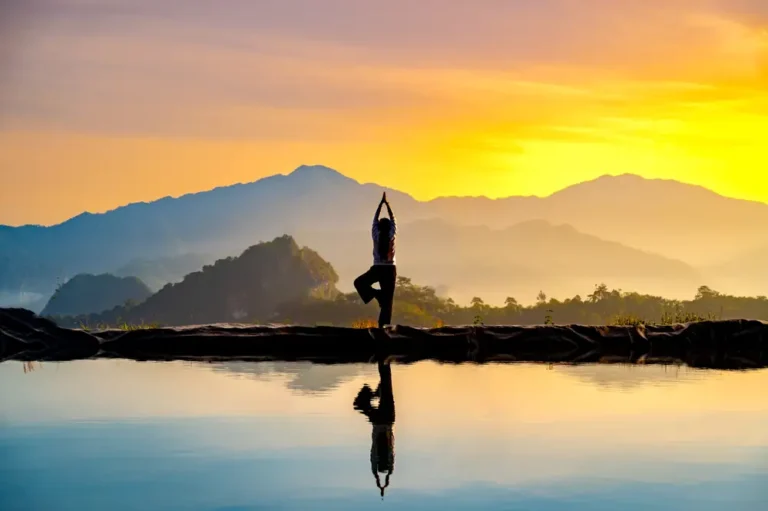Visiting New Zealand just got more expensive as the country triples tourism fee

Milford Sound-Piopiotahi is one of New Zealand’s natural attractions that has come under pressure from an influx of tourists.
New Zealand’s government announced on Tuesday that it will triple entry fees for foreign tourists starting in October.
The International Visitor Conservation and Tourism Levy (IVL) for foreign tourists will increase from the current fee of NZD 35 (about $22 in US currency) to NZD 100 (about $62 in American money).
According to New Zealand’s Ministry of Business, Innovation, and Employment, the IVL exists to “address current challenges in the tourism and conservation systems,” ensuring that New Zealanders do not “unduly bear” the costs associated with international visitors.
The ministry noted that New Zealand has experienced a significant increase in international visitors in recent years, which it said has challenged the country’s “infrastructure, environment, communities, and the social license for tourism to operate in certain areas.”
Australian citizens, people from certain Pacific Island nations, and those transiting through New Zealand are exempt from the fee.
The IVL has been used to fund various tourism and conservation initiatives, including pest control, biodiversity investments, and enhancing visitor access to tourism sites.
A consultation held in June on proposed changes, which included 1,100 submissions, found that 88% of submitters agreed that the current level of IVL revenue — about $50 million US — was insufficient to address issues facing tourism and conservation.
Additionally, 93% of submitters agreed that the IVL fee should be increased, with a majority favoring the biggest price increase to NZD 100.
According to the Ministry of Business, Innovation, and Employment, the increased IVL amount is expected to generate about $229 million in New Zealand currency yearly.
A study published by Tourism New Zealand last year found that New Zealand residents felt that tourism negatively impacted their communities through increased litter, difficulty finding parking, and heavier traffic.
About two-thirds of those surveyed also expressed concerns about the impact of tourism on the environment.
According to the Royal Society of New Zealand, an independent non-profit that provides funding and policy advice on the region’s science and technology, an influx of tourists can lead to overcrowding, habitat destruction, wildlife disturbance, and noise pollution.
While tourism contributes to 3.7% of New Zealand’s economy, forming one of its main industries, it also directly impacts the country’s natural landmarks.
According to the country’s Department of Conservation, about 70% of all international trips involve some “nature-base” activities, such as hiking or visiting scenic natural attractions.
The department noted in 2021 that increased tourism to Milford Sound-Piopiotahi, a fjord sometimes touted as the eighth wonder of the world, put it under “considerable stress.” Funding from the IVL previously went toward a master plan for protecting it.






